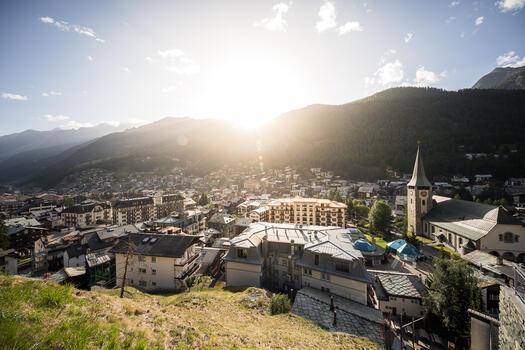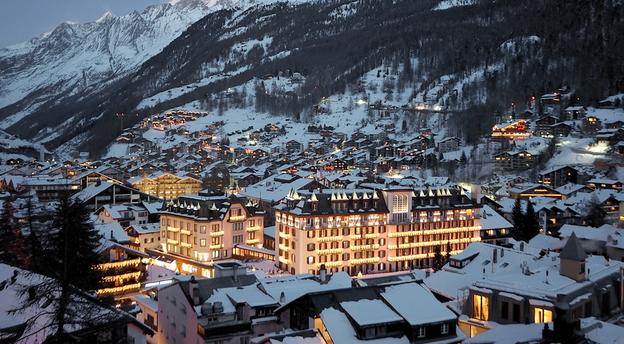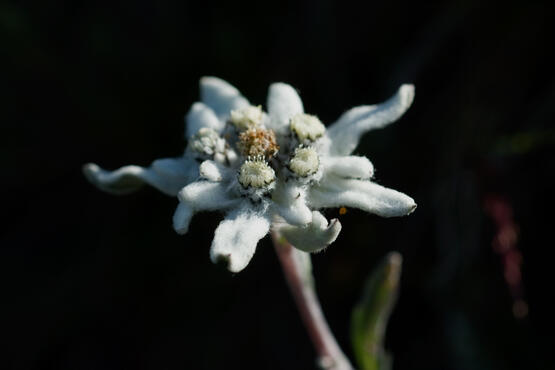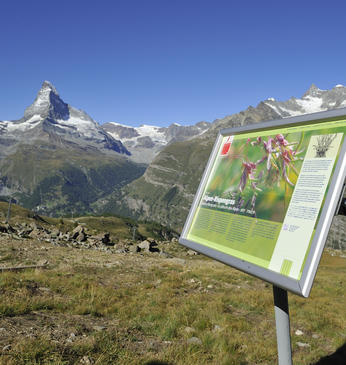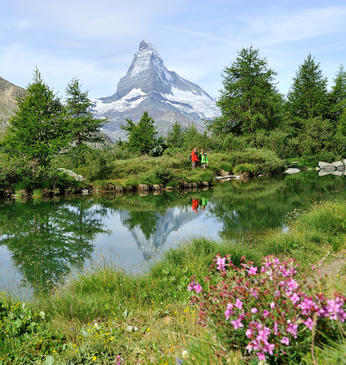Edelweiss is strictly protected and may not be picked. It usually grows in limestone soil in mountain landscapes, on steep blue grass slopes and hills. Since Edelweiss often lives together with the alpine aster, it is easy to find when one focuses on finding the beautiful violet flowers with the yellow centres. Edelweiss is able to live on alpine meadows and can be recognised from a distance, because the flower often takes on a silver sheen in the light.
Edelweiss as a survivor artist
Edelweiss covered by dense hair. Thousands of tiny air bubbles collect in the fine hairs. They protect the flower from drying out and moreover from freezing. These air bubbles are the reason sunlight makes the Edelweiss appear illuminated. This sheen is also a signal for honey-seeking insects. The tiny hairs also protect the plants from harmful UV rays thanks to their unusual qualities.
Where can the Edelweiss be seen?
Edelweiss grows in limestone soil on mountain meadows at altitudes between 1,800 and 3,000 m. It blossoms from July to September. This symbol of the Alps can easily be found on theme hikes in and around Zermatt.
- Edelweiss path (hiking path no. 30)
- Botanical education trail (hiking path no. 31)
- Flower trail (hiking path no. 3)
- Mammut via ferrata
